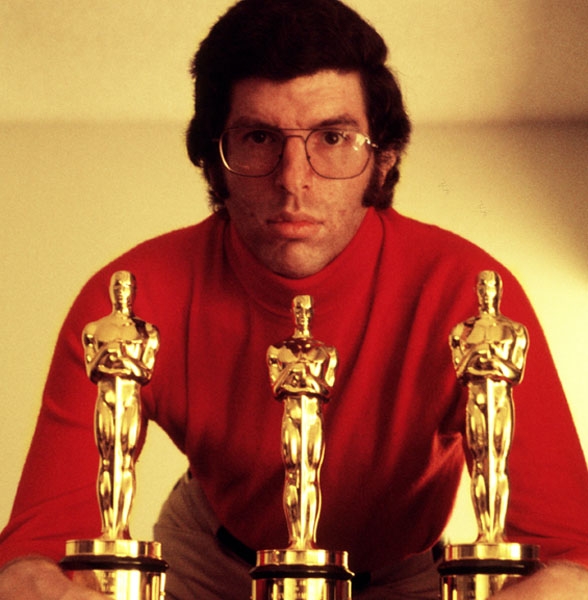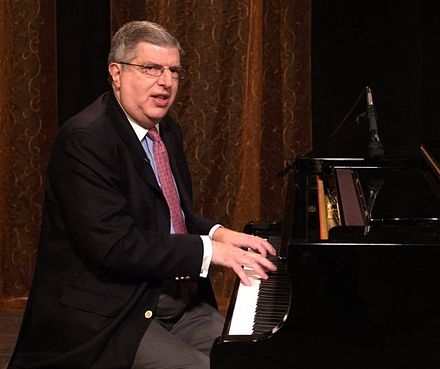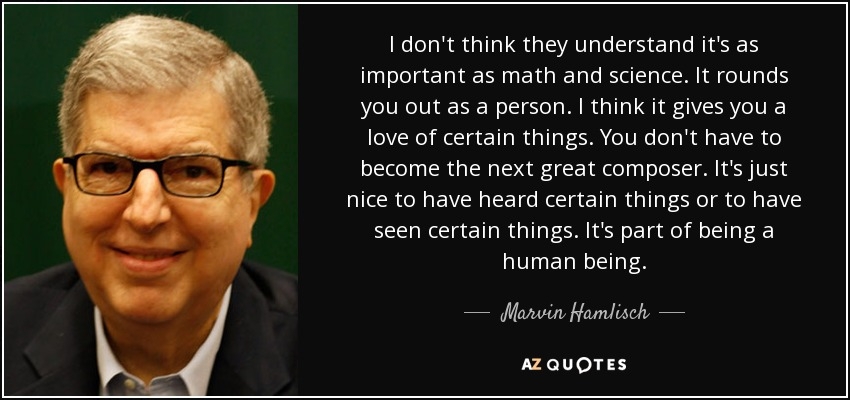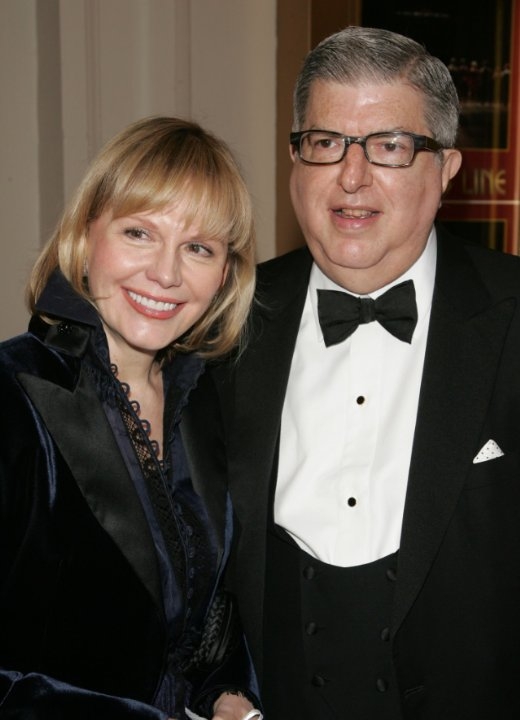Marvin Hamlisch, the Pulitzer Prize-winning composer who imbued his movie and Broadway scores with pizazz and panache and often found his songs in the upper reaches of the pop charts, died on Monday in Los Angeles. He was 68 and lived in New York.
He collapsed on Monday after a brief illness, a family friend said.
For a few years starting in 1973, Mr. Hamlisch spent practically as much time accepting awards for his compositions as he did writing them. He is one of a handful of artists to win every major creative prize, some of them numerous times, including an Oscar for “The Way We Were” (1973, shared with the lyricists Marilyn and Alan Bergman), a Grammy as best new artist (1974), and a Tony and a Pulitzer for “A Chorus Line” (1975, shared with the lyricist Edward Kleban, the director Michael Bennett and the book writers James Kirkwood Jr. and Nicholas Dante).
All told, he won three Oscars, four Emmys and four Grammys. His omnipresence on awards and talk shows made him one of the last in a line of celebrity composers that included Henry Mancini, Burt Bacharach and Stephen Sondheim. Mr. Hamlisch, bespectacled and somewhat gawky, could often appear to be the stereotypical music school nerd — in fact, at 7 he was the youngest student to be accepted to the Juilliard School at the time — but his appearance belied his intelligence and ability to banter easily with the likes of Johnny Carson and Merv Griffin. His melodies were sure-footed and sometimes swashbuckling. “One,” from “A Chorus Line,” with its punchy, brassy lines, distills the essence of the Broadway showstopper.
“A Chorus Line,” a backstage musical in which Broadway dancers told their personal stories, started as a series of taped workshops, then evolved into a show that opened at the Public Theater in 1975 and moved to Broadway later that year. It ran for 6,137 performances.
“I have to keep reminding myself that ‘A Chorus Line’ was initially considered weird and off the wall,” Mr. Hamlisch told The New York Times in 1983. “You mustn’t underestimate an audience’s intelligence.” The lyricist Alan Jay Lerner called “A Chorus Line” “the great show business story of our time.”
Mr. Hamlisch had a long association with Barbra Streisand that began when, at 19, he became a rehearsal pianist for her show “Funny Girl.” Yet he told Current Biography in 1976 that Ms. Streisand was reluctant to record what became the pair’s greatest collaboration, “The Way We Were,” the theme from the 1973 movie of the same name in which Ms. Streisand starred with Robert Redford.
“I had to beg her to sing it,” he said. “She thought it was too simple.”
Mr. Hamlisch prevailed, though, and the song became a No. 1 pop single, an Oscar winner and a signature song for Ms. Streisand. They continued to work together across the decades; Mr. Hamlisch was the musical director for her 1994 tour and again found himself accepting an award for his work, this time an Emmy.
Ms. Streisand said in a statement through her publicist that the world will always remember Mr. Hamlisch’s music, but that it was “his brilliantly quick mind, his generosity and delicious sense of humor that made him a delight to be around.”
Mr. Hamlisch had his second-biggest pop hit with “Nobody Does It Better,” the theme from the James Bond film “The Spy Who Loved Me,” written with the lyricist Carole Bayer Sager. Carly Simon’s recording of the song reached No. 2 in 1977. Thom Yorke, the lead singer of the band Radiohead, which has performed the song in concert more recently, called it “the sexiest song ever written.”
Yet for all Mr. Hamlisch’s pop success — he and Ms. Bayer Sager also wrote a No. 1 soul hit for Aretha Franklin, “Break It to Me Gently” — his first love was writing for theater and the movies. His score for “The Sting,” which adapted the ragtime music of Scott Joplin, made him a household ubiquity in 1973.
Despite the acclaim he often said he thought his background scores were underappreciated. He said he would love for an audience to “see a movie once without the music” to appreciate how the experience changed. He would go on to write more than 40 movie scores.
Marvin Frederick Hamlisch was born June 2, 1944, in New York . His father, Max, was an accordionist, and at age 5 Mr. Hamlisch was reproducing on the piano songs he heard on the radio; Juilliard soon followed. According to his wife, Terre Blair, he was being groomed as “the next Horowitz,” but when all the doors were closed and everyone was gone he would play show tunes. He performed some concerts and recitals as a teenager at Town Hall and other Manhattan auditoriums, but soon gave up on the idea of being a full-time performer.
“Before every recital, I would violently throw up, lose weight, the veins on my hands would stand out,” he told Current Biography.
He had no such reaction, though, when his song “Sunshine, Lollipops and Rainbows,” with lyrics by Howard Liebling, became a Top 20 hit in 1965 for Lesley Gore, when Mr. Hamlisch was 21. The movie producer Sam Spiegel heard him playing piano a few years later at a party and as a result Mr. Hamlisch scored his first film, “The Swimmer.”
Mr. Hamlisch soon moved to Los Angeles, and the successes snowballed. But he remained a New Yorker through and through. He once said he liked New York because it was the one place “where you’re allowed to wear a tie.”
Mr. Hamlisch is survived by Ms. Blair, a television broadcaster and producer, whom he married in 1989. His sister, Terry Liebling, a Hollywood casting director and the wife of his former collaborator Howard Liebling, died in 2001.
After “A Chorus Line,” Mr. Hamlisch scored another Broadway hit, “They’re Playing Our Song,” based on his relationship with Ms. Bayer Sager (who wrote the lyrics), in 1979. It ran for 1,082 performances. After that, the accolades subsided but the work didn’t. He worked with various lyricists on subesequent musicals, including “Jean Seberg” (1983), which was staged in London but never reached Broadway, and “Smile” (1986), which did reach Broadway but had a very brief run. His most steady work continued to come from the movies. He wrote the background scores for “Ordinary People,” “Sophie’s Choice” and, most recently, “The Informant.” His later theater scores included “The Goodbye Girl” (1993), “Sweet Smell of Success” (2002) and “Imaginary Friends” (2002). He had also completed the scores for an HBO movie based on the life of Liberace, “Behind the Candelabra,” and for a musical based on the Jerry Lewis film “The Nutty Professor,” which opened in Nashville last month.
According to his official Web site, Mr. Hamlisch held the title of pops conductor for the Pittsburgh Symphony Orchestra, the Milwaukee Symphony Orchestra, the Dallas Symphony Orchestra and others.
In more recent years, Mr. Hamlisch became an ambassador for music, traveling the country and performing and giving talks at schools. He often criticized the cuts in arts education.
“I don’t think the American government gets it,” he said during an interview at the Orange County High School of the Arts in Santa Ana, Calif. “I don’t think they understand it’s as important as math and science. It rounds you out as a person. I think it gives you a love of certain things. You don’t have to become the next great composer. It’s just nice to have heard certain things or to have seen certain things. It’s part of being a human being.”
Despite all his honors, Mr. Hamlisch was always most focused on, and most excited about, his newest project. Ms. Blair said. And, she said, he was always appreciative of his gift: “He used to say, ‘It’s easy to write things that are so self-conscious that they become pretentious, that have a lot of noise. It’s very hard to write a simple melody.’ ”
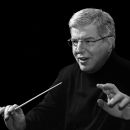
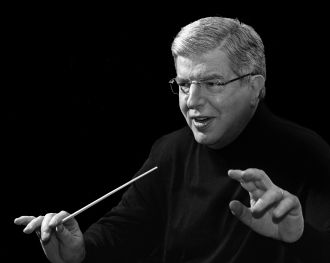
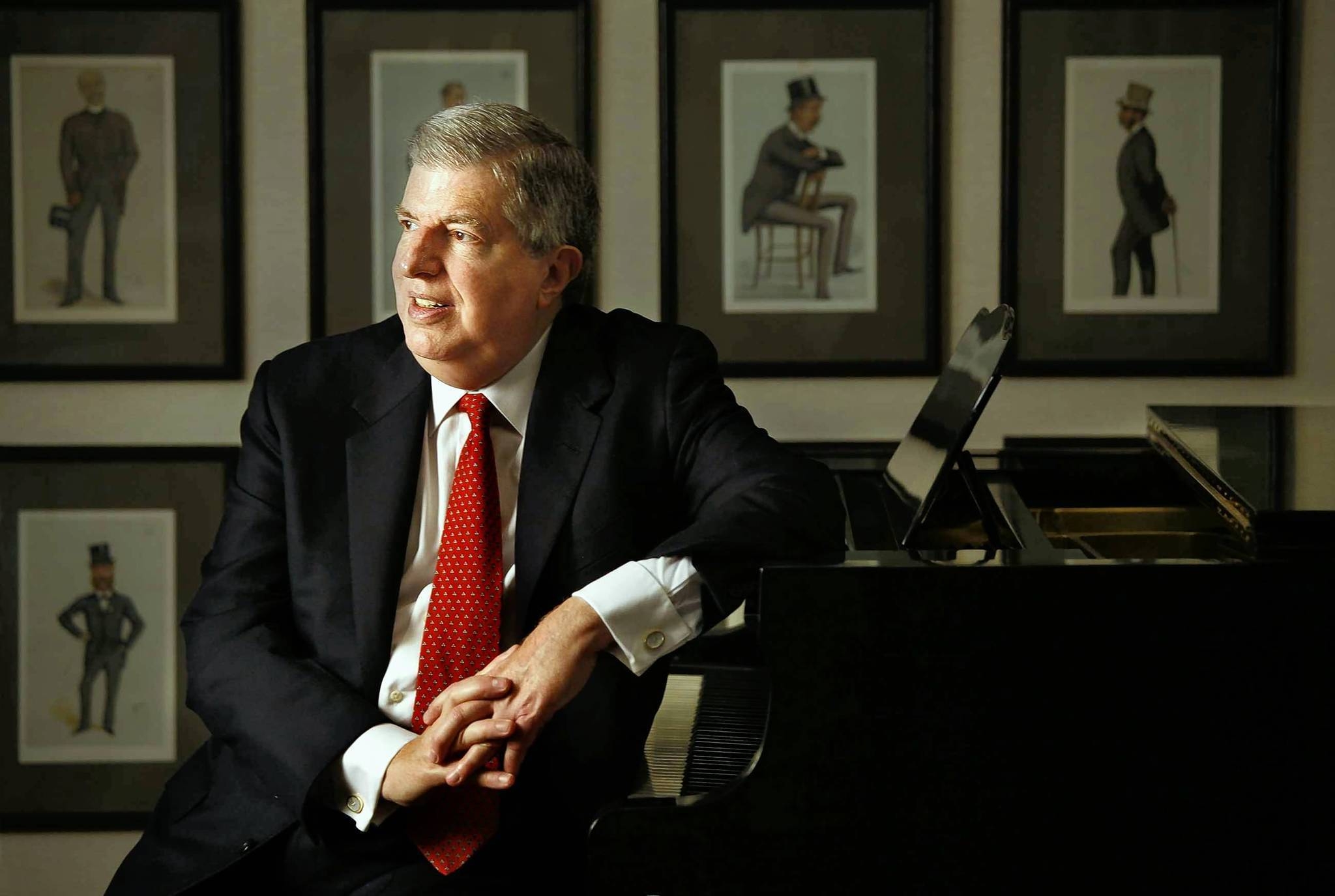
 Amanda S. Stevenson
Amanda S. Stevenson 